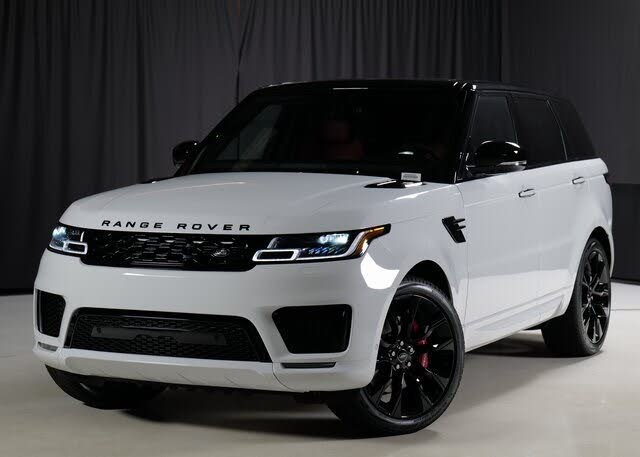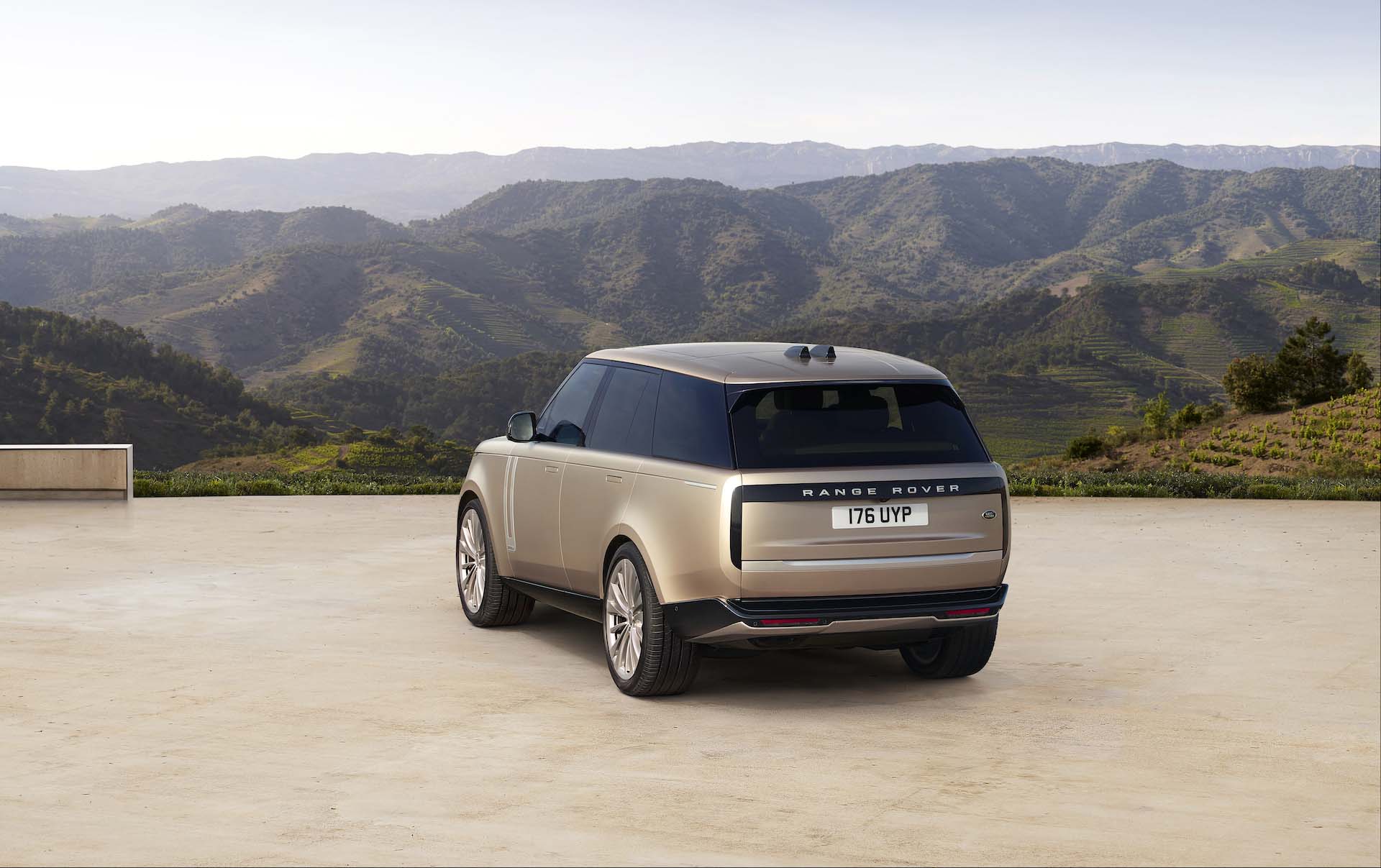


Whichever version you choose, you can expect your Range Rover to be very comfortable thanks to its standard air suspension – a Range Rover feature since 1992. You can charge both at home in five hours using a 7.2kW charger or from 0-80 per cent using a 50kW public charger. They're powered by a straight-six 3.0-litre petrol engine that's boosted by an electric motor and battery that allows them to travel up to 62 miles on electricity alone – a conservative figure according to the Land Rover engineers we talked to. More realistic choices come in the form of the P440e and P510e plug-in hybrids. Expectations? You'll be doing well to better 20mpg, but you do get Porsche-like performance of 0-62mph in 4.6 seconds. 'Fuel economy' will be an alien term to anyone who buys the P530 4.4-litre V8 petrol – even Land Rover doesn't bother to quote a figure in the press release. Like the diesels, the P400 petrol (400PS, 550Nm) is a straight-six 3.0-litre – it gives you more performance (0-62mph in 5.8 seconds) at the expense of fuel economy (less than 30mpg). Mild-hybrid, 48V technology means both will return close to 40mpg. The former gets from 0-62mph in 6.9 seconds, while the latter does it in 6.1. So the D300 is a diesel with 300PS and a healthy 620Nm of torque and the D350 has 350PS and 700NM. A pure electric model will come in 2024.Įngine names donate power. You can choose from two diesels, two petrols and two plug-in hybrid models. Whether you go for the SWB or LWB model, the Range Rover is a big car but its powerful engines make up for this. Want more luxury? Then you can specify two individual back seats – to make your LWB Range Rover an epically spacious four-seater – with loads of adjustment, a touchscreen centre console and a table that folds out electrically.

The LWB can be had with five or for the first time, seven seats – even with all seven seats in use, it has a useful 312 litres of load space. LWB (long wheelbase) models have even more room thanks to adding 200mm between the front and rear wheels. They feature ceramic trims on the door, centre console and touchpoints.Īll Range Rovers get loads of room for tall adults in the front and the back, and the 725-litre boot's splitting tailgate makes it very easy to load. The infotainment screens are powered by Amazon Alexa (so you can expect their voice activation to be terrifyingly accurate), meaning you can plumb the Range Rover's infotainment screens in with the smart devices in your house. As a result, you can add to your shopping list and set reminders from the comfort of the Range Rover's armchair-like seat.Īlong with the tech, you get traditional luxury in the form of open-pore wood trims and your choice of leather, a man-made substitute or a new wool-based fabric. It now resembles NASA's mission control thanks to two giant screens – one behind the steering wheel and another that floats from the centre of the dash. The new Range Rover is 50 per cent more rigid than the car it replaces and a 'double glazed' steel bulkhead cuts road noise by 24 per cent. SV models get their own unique paint finishes, huge 23-inch alloy wheels and ceramic badging. The new model is most distinctive from the back, where it gets slim vertical taillights and indicators – both hidden behind a smoked glass valance.

It's only when you park old and new cars side-by-side that you spot the new car's increased bulk – it has a 75mm longer wheelbase than the old model – and modern finish courtesy of recessed door handles, tight shut lines and flush windows. It is most definitely a Range Rover with the same upright windscreen, low glass line and splitting tailgate that has been a feature on all the models that have come before. So what's changed? In the looks department, the temptation would be to say – not much. The new Range Rover is on sale now and prices start at £94,000. This is the all-new Land Rover Range Rover, the car that will take the fight to big SUVs like the BMW X7 and Mercedes-Benz GLS while, in SV guise, also tackling super posh alternatives such as the Mercedes-Maybach GLS, Bentley Bentayga and Rolls Royce Cullinan. Luxurious SV models take fight to posh rivals.Option for seven seats and standard rear-wheel steer.


 0 kommentar(er)
0 kommentar(er)
